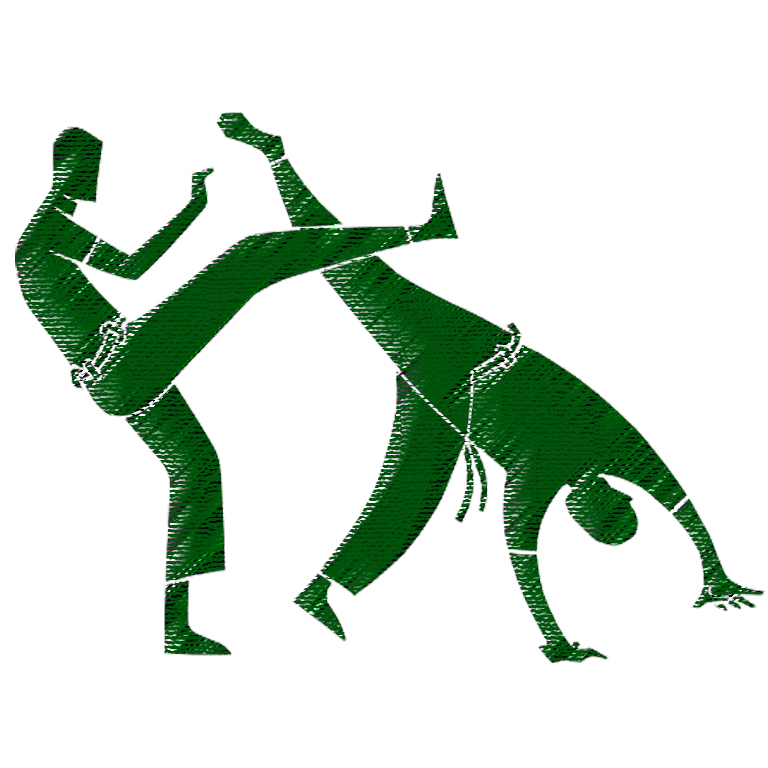Unfortunately, there are no written records regarding Capoeira from the sixteenth to eighteenth centuries. Within the sociocultural context of the nineteenth century, Capoeira emerged as a practice of enslaved Africans in Brazil. It is believed that it originated in the body movements of warrior dances brought to Brazil by blacks coming from the region of Angola (arts like the N'GOLO, the Bassula, the Cabangula and Umudinhu), which mixed in Brazil, incorporating other elements and thus giving rise to Capoeira.
In the second half of the nineteenth century, with free blacks, whites and Portuguese from the European immigration, and population flow from rural areas to urban areas, Capoeira began to change from a "pastime of slaves" to becoming a part of popular culture in Brazilian society.
Currently, Capoeira is practiced in groups, clubs, associations and federations, having spread throughout Brazil and the world. It integrates people that come from different social classes, ethnicities, ages and regions, all interacting with their bodies in capoeira and relating to each other in groups.

